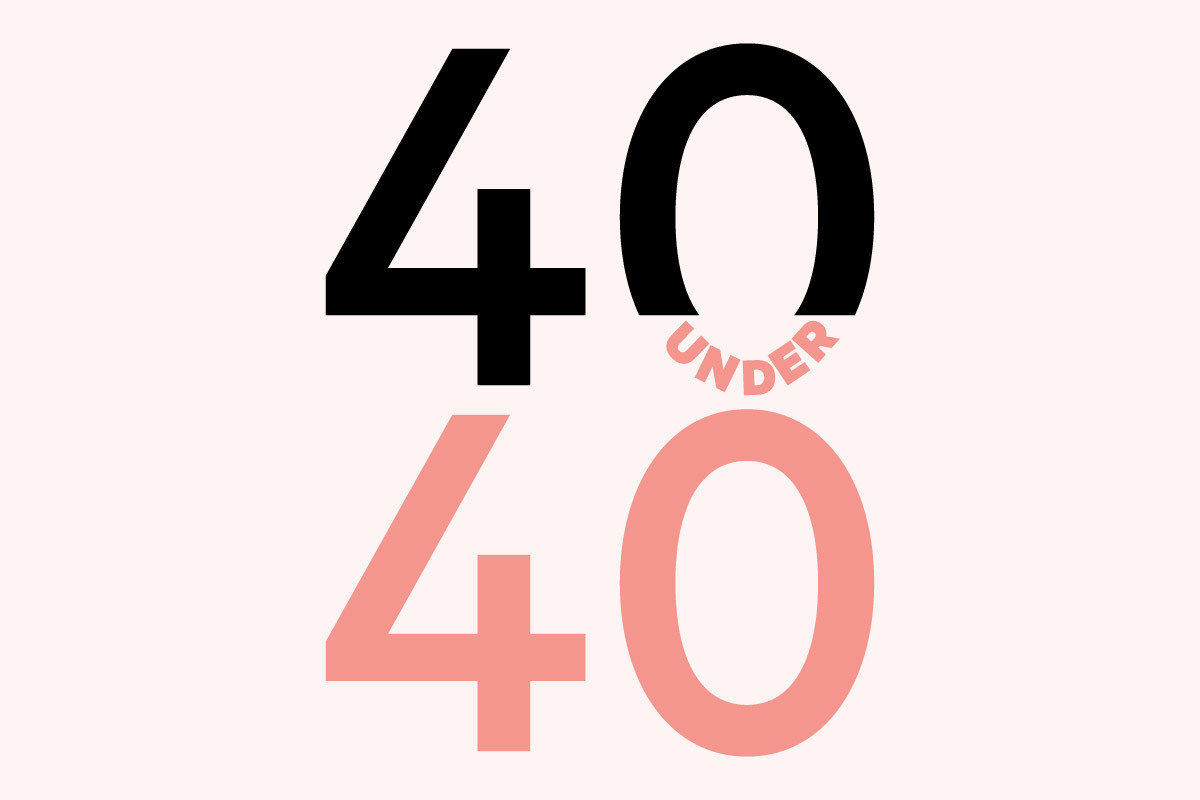You are viewing 1 of your 1 free articles
50 years of housing policy: how on earth did we get to where we are now?
In the week of Inside Housing’s 40th anniversary, Julian Ashby reflects on his illustrious 50-year career – and 50 years of housing policy – as he steps down from his role as chair of housing association Paradigm
It was serendipity that I joined the social housing sector at the birth of the ‘modern’ era. The Housing Act 1974 introduced registration, regulation and, most significant of all, housing association grant – all under the umbrella of the Housing Corporation. But the sector was very different then.
In 1974, the total number of housing association homes was around 275,000. Social housing was then dominated by local authorities with some 4.9 million homes.
We may think that the current times are turbulent. But they don’t begin to compare with the political changes that affected social housing in the 1980s and 1990s.
The first huge change was the Right to Buy introduced by the Thatcher government in 1980. Housing associations only just escaped the same fate because that element of the policy was overturned in the Lords! More than two million homes have been sold and local authorities have lost much of their best stock as a consequence.
The second massive driver of change was the 1988 Housing Act. This reclassified housing associations as non-public bodies and inaugurated the era of private finance that is with us now. This greatly expanded housing association development programmes with only the grant cost counting as public expenditure. It also deregulated the private rented sector and led to the long-term growth of the private rented sector.
The third major change was the introduction of the Decent Homes Standard in 2001 by the Blair government. Nearly 40% of council housing was below standard at the time. The reclassification of housing associations opened up a new route for councils that had been starved of resources to address their poor stock condition.
The first whole stock transfer was in 1988 to what is now Paradigm (then Chiltern Hundreds). Since then, more than a million homes have been transferred from councils to housing associations and brought up to standard.
But these changes have taken place against an irregular cycle of boom and bust. There were recessions in 1974-75 (when inflation hit 24% at one point) and again in 1980-81(when interest rates peaked at 17%).
Again in 1990-91 unemployment was over 10% and interest rates were over 14%. There was then a lull of relative stability before the global financial crisis of 2008-09, then the COVID-19 recession of 2020-21. Each of these recessions dominated the politics of the time and undermined any policy coherence there might have been in relation to social housing.
“The vacuum in consumer regulation was brought into sharp focus by the Grenfell tragedy. This has been instrumental in bringing about another complete about-face in regulation policy”
Chopping and changing in key policy areas has further undermined long-term strategy. Social housing has long been subject to regulation.
In response to perceptions of inefficiency and poor service, local housing authorities were first subjected to the Compulsory Competitive Tendering (CCT) regime and then Audit Commission inspections. Housing associations were not subject to CCT but did get Audit Commission inspections and STAR ratings under the Key Lines of Enquiry system.
At that time the main regulator for housing associations was the Housing Corporation (also doubling up as the source of grant).
Then in 2007 the Cave Review of housing association regulation led to the establishment of the Tenant Services Authority (TSA) in 2008 and sought to bring a more tenant-oriented focus to all social housing regulation (as well as the traditional role of housing association financial regulation).
But the incoming coalition government abolished the TSA in 2012 (as well as the Audit Commission as part of the bonfire of the quangos). At that point, tenant-focused regulation of the whole social housing sector finished and left the Housing Ombudsman as the last point of redress for tenant complaints (albeit behind the fence of the ‘democratic filter’).
The financial regulation of housing associations was transferred to the Homes and Communities Agency before once again becoming an independent entity in 2018.
The vacuum in consumer regulation was brought into sharp focus by the Grenfell tragedy. This has been instrumental in bringing about another complete about-face in regulation policy, with the Regulator of Social Housing now given a very similar set of consumer regulation powers across all social housing as was first given to the TSA. But this has happened at a very slow pace and in the intervening period, a campaigning approach by the ombudsman has filled the gap.
But chopping and changing has not been confined to regulation. The changes in rent policy have been equally undermining for long-term financial planning. In 2002 the Blair government introduced the rent convergence policy, which aimed to bring an alignment of council and housing association rents over a 10-year period. The target formula rent took account of property values, local earnings and a bedroom weighting. It was inflated by Retail Price Index + 0.5%.
In the wake of the global financial crisis, the coalition government introduced affordable rents (up to 80% of market rents) for new homes and initially followed the previous convergence policy for existing rents. Then, in the 2013 spending round it was announced that from 2015 to 2016 rents would rise by Consumer Price Index (CPI) + 1% for 10 years.
No sooner was this policy in force than the coalition government announced four years of 1% per year rent reductions from 1 April 2016. From 1 April 2020 this was followed by a five-year policy of CPI+1%, only for this to be subject to a further cap in 2023-04.
Rents underpin the capacity of social housing to provide services, improve existing stock and build new homes. Changes of rent policy undermine the confidence of both lenders and providers. A new rent policy is due, but by twice abandoning long-term commitments, the government has devalued its ability to bring stability to this issue.
But you can’t look back over 50 years without coming to some broad judgements about whether things are better or worse. In one respect at least things have got better. For all the current controversy about damp and mould, the quality of social housing stock has never been better.
The Decent Homes Standard has made a profound difference over time and hopefully Decent Homes 2 will have comparable benefits. For a sector that has been significantly residualised over the past 40 years, this is a major achievement.
“A new rent policy is due, but by twice abandoning long-term commitments, the government has devalued its ability to bring stability to this issue”
But the challenges looking forward are immense and there are no signs of a willingness to grapple with the scale of issues coming down the track. Social housing continues to be residualised and the consequent increased vulnerability of many social housing tenants poses significant challenges. This is exacerbated by the mounting funding crisis within local authorities, which are seeking to withdraw from the levels of support that such residents require.
We have an ageing population and one that continues to grow. The mounting problem of funding care for older people has been widely acknowledged since the Dilnot Commission report in 2011. The first Barker Review of Housing Supply in 2004 set out the need to build new homes at a substantially faster rate. No doubt Kate Barker’s second review will come to a similar conclusion. But government has been incapable of developing policies that will address either of these acknowledged problems.
At the moment, all of the main indicators of a successful housing strategy are going the wrong way. Destitution has increased by over 60% since 2019. Rough sleeping is now back above pre-COVID levels and growing. The use of temporary accommodation is at a 25-year high and growing, and bankrupting local authorities.
The private rented sector has over a million homes that don’t meet the Decent Homes Standard and provides very limited protections for residents. The leasehold sector is still in chaos as a consequence of remediation uncertainties and excessive service charges. Nearly 60% of owner-occupiers live in homes below Energy Performance Certificate Band C and there are no plans to do anything about it.
Government targets for housebuilding remain unmet and the majority of housing associations are scaling back development plans to meet the cost of fire remediation, wider stock condition issues (including damp, mould and zero carbon) and the increased focus on consumer standards.
Our adversarial politics are ill-suited to problems that can only be fixed over 10 to 20 years and this is not helped by the myth that you can have high-quality (Scandinavian) public services funded by low-quality (American) levels of taxation.
There are no agreed housing outcomes and, consequently, nothing that could be called a national housing strategy. It is perhaps symptomatic of this failure of government that in the 50 years I have worked in the sector there have been 37 housing ministers (including 14 in the past 10 years).
Julian Ashby, chair, Paradigm
Next week Julian Ashby will follow up this comment piece with part two, where he will look at what can be done about the issues he addresses
Sign up for our daily newsletter
Already have an account? Click here to manage your newsletters















